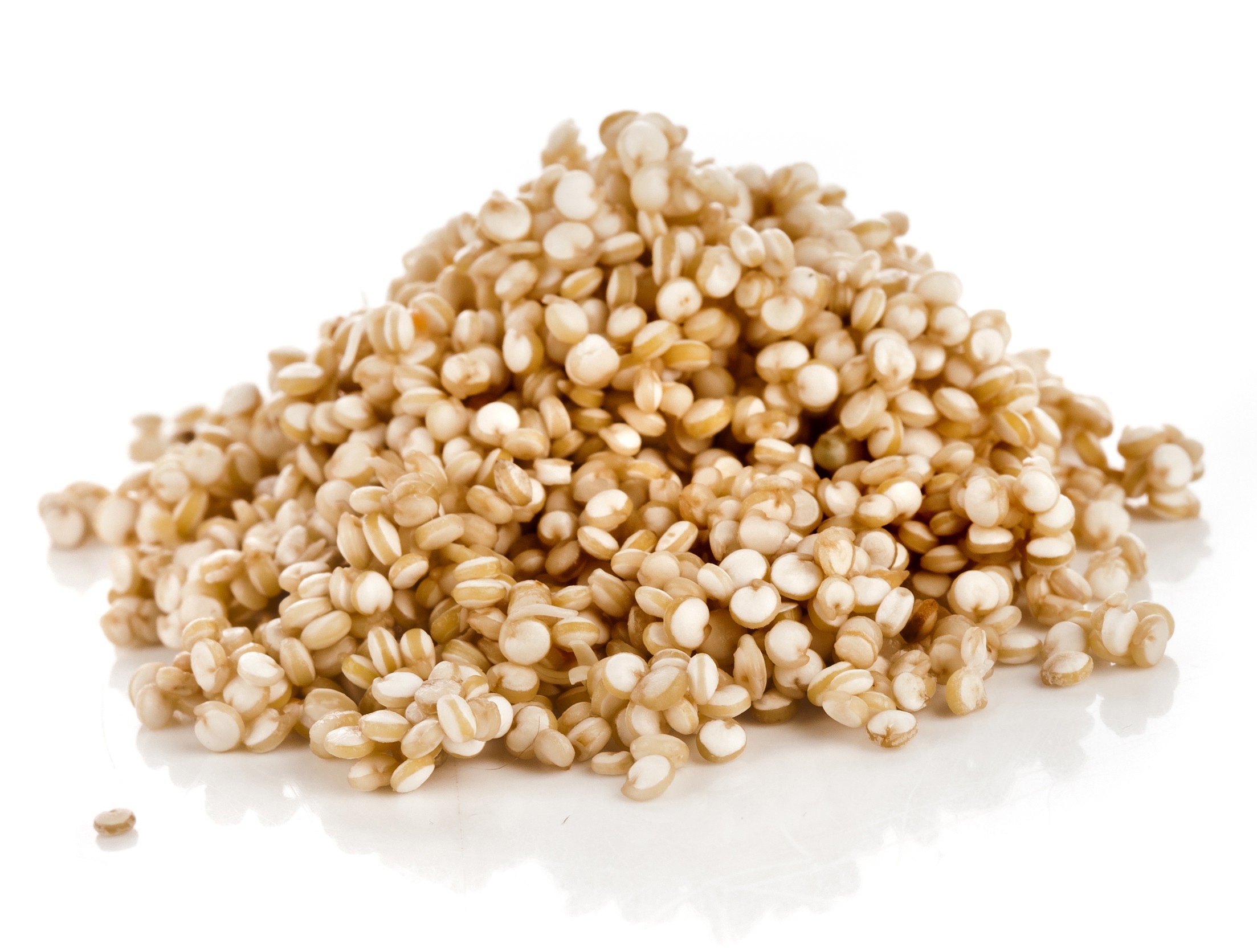Blog

/>There is no official definition of ‘ancient grains’. However, the Whole Grains Council defines ancient grains loosely as grains that are largely unchanged over the last several hundred years. Therefore, modern wheat, which has been bred and changed over time, is not an ancient grain. Grains like quinoa, amaranth, Kamut®, spelt, farro, millet, and teff would be considered ancient grains.
Here is some information about 3 of the more common ancient grains:
Quinoa: A versatile grain that cooks quickly and is good in soups, salads, and baked goods. Quinoa is a small round grain that is similar in appearance to sesame seeds. It is also high in protein.
Kamut®: It is a large, oversized grain that is two to three times bigger than wheat. It has a rich, buttery flavor and is easily digested.
Farro: This grain is popular in Italy. It is a dark, earthy grain that is often used in salads and risottos.
Ancient grains are certainly healthier than refined grain products like white bread or refined crackers. However, healthy whole grains do not need to be exotic. Common foods like brown rice, whole grain pasta, oatmeal, popcorn, and whole wheat bread offer many health benefits and often at lower prices. To get the different nutrients each grain has to offer and balance cost, eat a variety of grain foods.
Try an ‘ancient grain’ like quinoa or Kamut® in our Zesty Whole Grain Salad.

